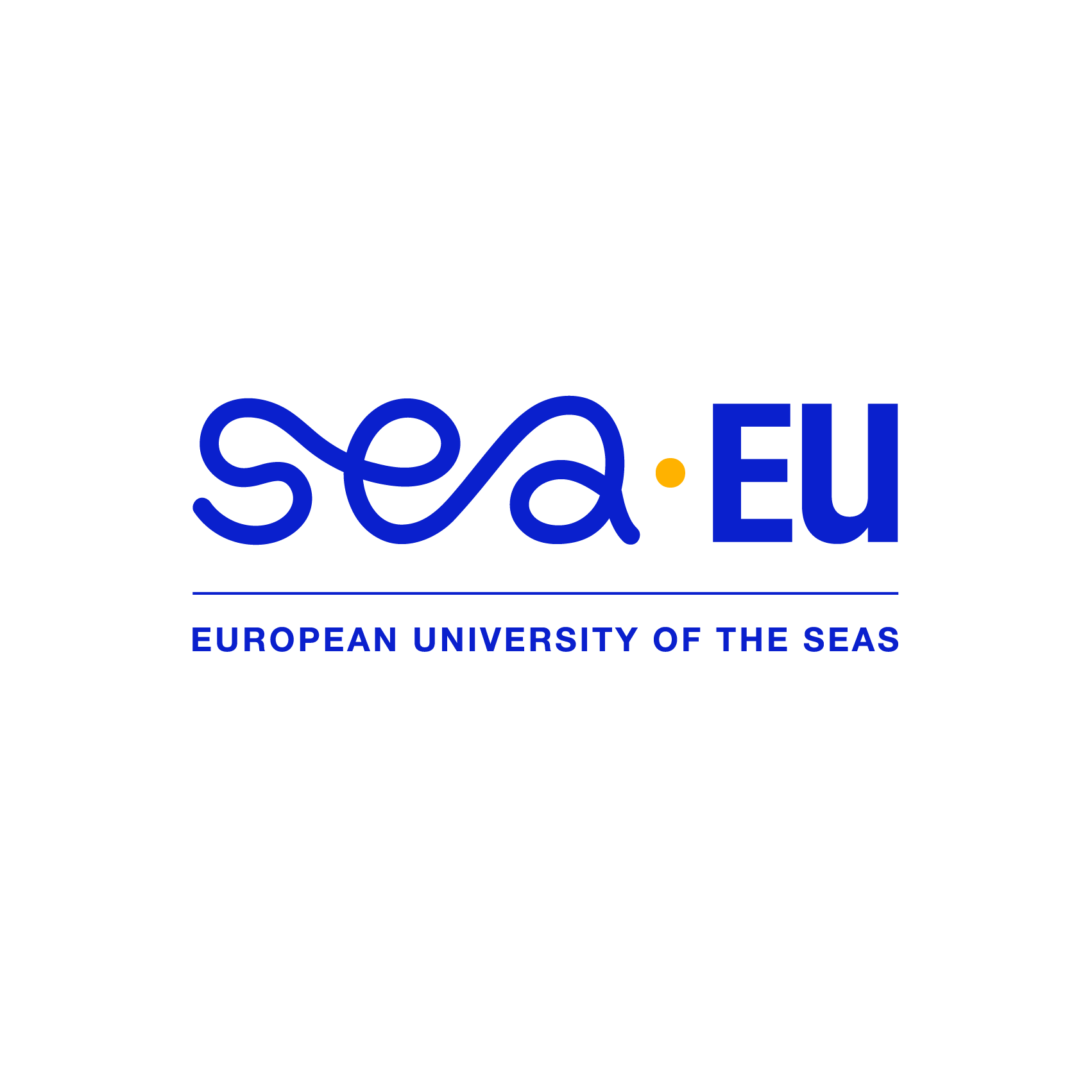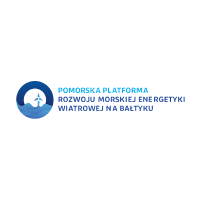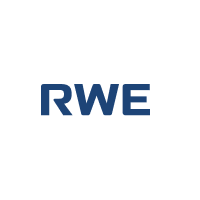R/V Oceanograf is a specialised scientific and research vessel that performs a wide range of measurements related to the marine environment. It is the most modern research unit in the Baltic Sea, carrying out tasks for science and the maritime economy. The ship is certified for international shipping.
The unit is equipped with specialised equipment for interdisciplinary research on the environment and nature of the seas and oceans. In addition to the laboratories, there are also observatories and a seminar room inside the ship.
Due to the extensive scope of research carried out using the ship, including: seabed research, bathymetric research, chemical research, geological research, it is a multi-tasking unit.
The ship uses a double-hull structure – catamaran type, which minimizes the angle of heel, which is especially important when conducting research at sea.
Main scientific equipment
- Stern fishing equipment for bottom and pelagic (midwater) trawling
- Beam trawling set
- Wire trawl sonar Simrad FS70 with real-time catch monitoring system PI50/60
- Gillnets operating equipment
- Set of three split beam echo sounders Simrad EK80
- Multibeam echo sounder SeaBat 7125 SV2, Reson
- Flowmeter ADCP, Teledyne, RD Instruments Workhouse Mariner
- Radiance and Irradiance Sensors RAMSES by TriOS for analysing light above and below water surface
- Multi Plankton Sampler (MultiNet) Midi
- OSIL multiple sediment sampler Maxicorer
- MINI-ROV GUARDIAN 2.1 remotely operated underwater vehicle (ROV) with umbilical cable, SUBSEA TECH
- Towed scan sonar Multi-Purpose Survey System 4200, Edge Tech
- Portable Sub-bottom Profiler 3100, Edge Tech
- Ultra-Short Baseline (USBL) positioning and tracking system Easytrak Nexus, Applied Acoustics Underwater Technology
- Lightweight Vibrocorer 3+6, OSIL
- Multi Sediment Trap/24, Hydrobios
- PM-10 high volume air sampler for collecting ambient particulate matter, TISCH Environmental
- Optical plankton counter Flow CAM VS-IV
- Carousel water sampler with CTD profiler and extra sensors, SeaBird Electronics SBE 25plus SEALOGGER
- Flow cytometer FACS Jazz, Becton Dickinson (BD Biosciences)
- Box Corer 80.000, KC Denmark A/S
- miniCTD Probe, Valeport
Deck equipment
- Radio controlled deck crane 4 t
- Aft gantry 35kN or 70 kN
- Two trawl winches from 32 to 52 kN
- Two net winches 2,5 m3
- Cable line winch 35 kN
- Cable line winch 5 kN
- Two lean deck aft cranes 300 kg
- Board gantry with two winches 300 kg each
- Bow crane 50 kg
- Hull mounted shift able sounder devices: Reson, Split Beam, USBL
- Horizontal echo sounder Farsounder FS-3
- S-490 Sportis rib boat
Vessel’s technical specification
- Length Overall: 49,5 m,
- Beam Overall: 14,0 m,
- Draft: 2,0 m,
- Gross tonnage : 792 tons
- Diesel-electric drive: 2 × 420 kW, 2 × 225 kW
- Thrusters: 2 × jet thrusters – on the bow; 2 x azimuth thrusters on the stern
- Dynamic positioning: DP I
Vessel’s Equipment
- Wet laboratory – 7,7 × 4,1 m
– Measurement laboratory – 3,7 × 2,9 m
– Sterile laboratory – 2,2 × 3,8 m
– Thermostatic laboratory – 3,6 × 2 m - Aerosol observatory
- Compass deck with observation posts
- Main working deck – 10 × 9 m
- Conference room equipped with audiovisual instruments
Information on the Procedure for Obtaining Administrative Permits for Research Conducted from the r/v Oceanograf
Obtaining Permit(s) for Marine Research Outside the Territorial Waters of Poland
- Define Area of the Planned Research
Identify in which country’s waters (e.g., territorial waters, exclusive economic zone) the research activities are to be conducted. - Prepare a Detailed Description of the Research Project, including
- Prepare a Detailed Description of the Research Project, including:
- Purpose, scope, and methods of the research,
- Work schedule,
- Technical data of the vessel (name, flag, specifications),
- List of participants,
- Map of the planned research area,
- Contact details of the organizer,
- Information on funding.
- Download the Appropriate Application Form for Research Permit(s)
Many countries require applications to be submitted on their official forms.
- The form can be obtained by contacting the Polish Ministry of Foreign Affairs (MFA) or the appropriate authorities of the given country;
- It can also be obtained from the website of the relevant institution or by contacting the embassy/consulate of the given country in Poland;
- If there are any difficulties, assistance is available from the MFA or the Polish embassy in the relevant country;
- Note that multiple permits may be required depending on the type of research activities to be carried out.
- Contact the Ministry of Foreign Affairs (MFA)
The Polish MFA acts as an intermediary in submitting the application to the appropriate authorities of the country where the research is to be conducted.
📌 Ministry of Foreign Affairs – Secretariat of the Department
✉️ dpb.sekretariat@msz.gov.pl (Security Policy Department – responsible for maritime matters, among others)
☎️ MFA Switchboard: +48 22 523 90 00
🌐 www.gov.pl/web/diplomacy
If you are unsure which department is responsible (e.g., science, environment, culture), it is best to start by contacting the secretariat – your case will be forwarded to the appropriate person.
- Permits Are Obtained Through the MFA
The MFA forwards documents to the relevant foreign authorities – often in cooperation with the Polish embassy in the respective country. - Obtain Additional Local Approvals if Required
Approvals may be required from local archaeological, environmental, or military authorities in the respective country. - Start the Procedure in Advance
Due to long processing times (sometimes several months), it is recommended to begin the process several months prior to the planned research date to ensure all required permits are secured in time. - Maintain Telephone Contact
It is advisable to stay in phone contact both with the Polish MFA and the designated case officer, as well as with the relevant foreign institution, to monitor the progress of the permitting process. - Once Permits Are Obtained, a copy must be sent to the Shipowner’s Office and to the vessel, so that the ship’s captain can become familiar with the terms of the permit(s) and be able to present valid permit(s) in case of any inspections in the waters where the research is being conducted.
- The Cruise Cannot Begin Without the Required Permits
- If Permits Are Not Issued in Time, consider rescheduling the cruise to another available date so that all required permits can be obtained beforehand.
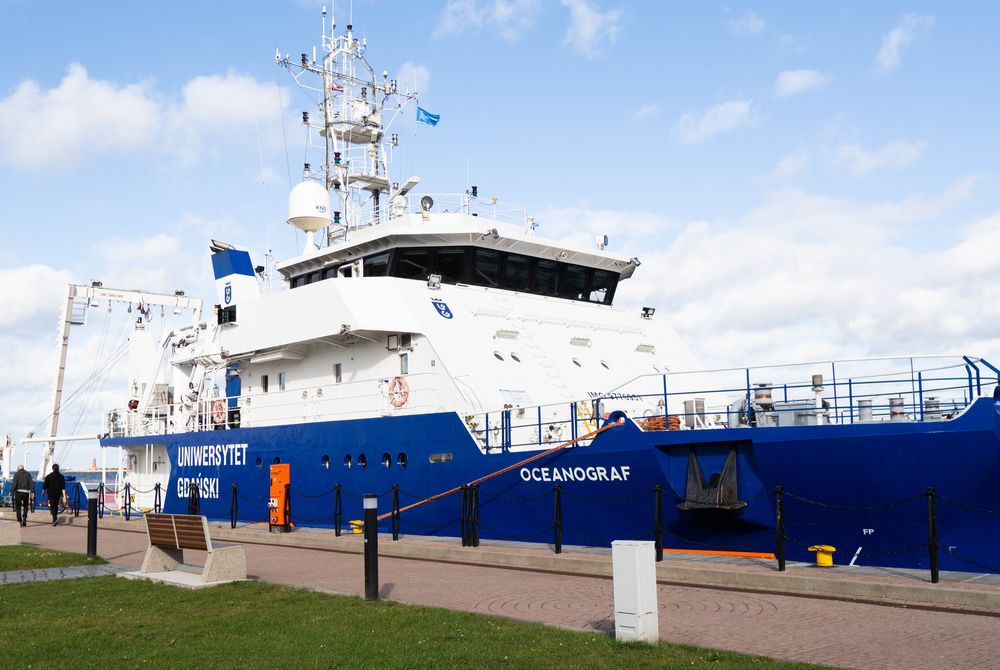
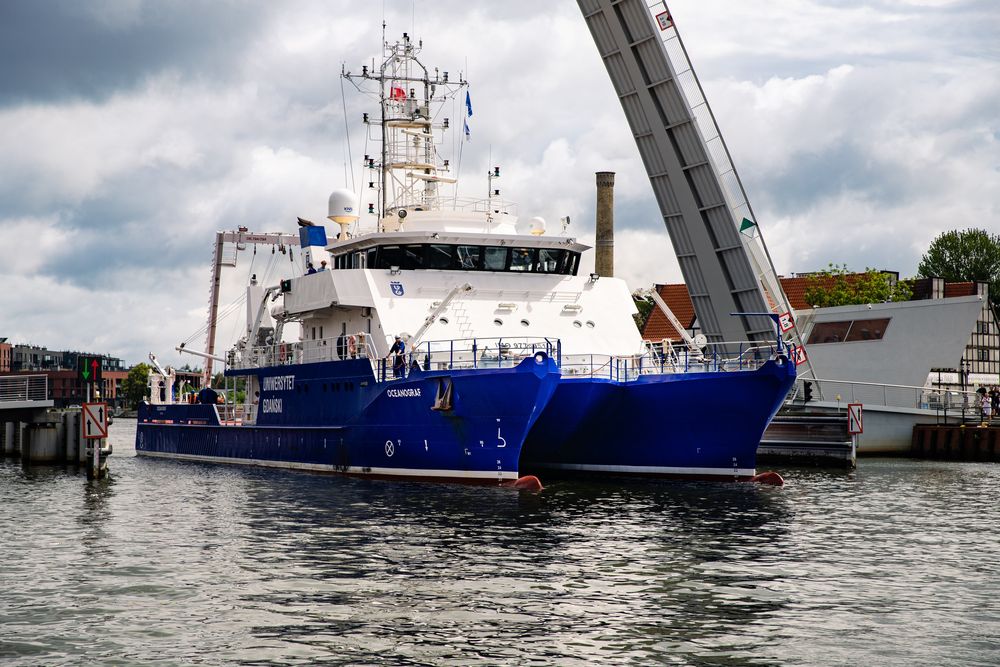
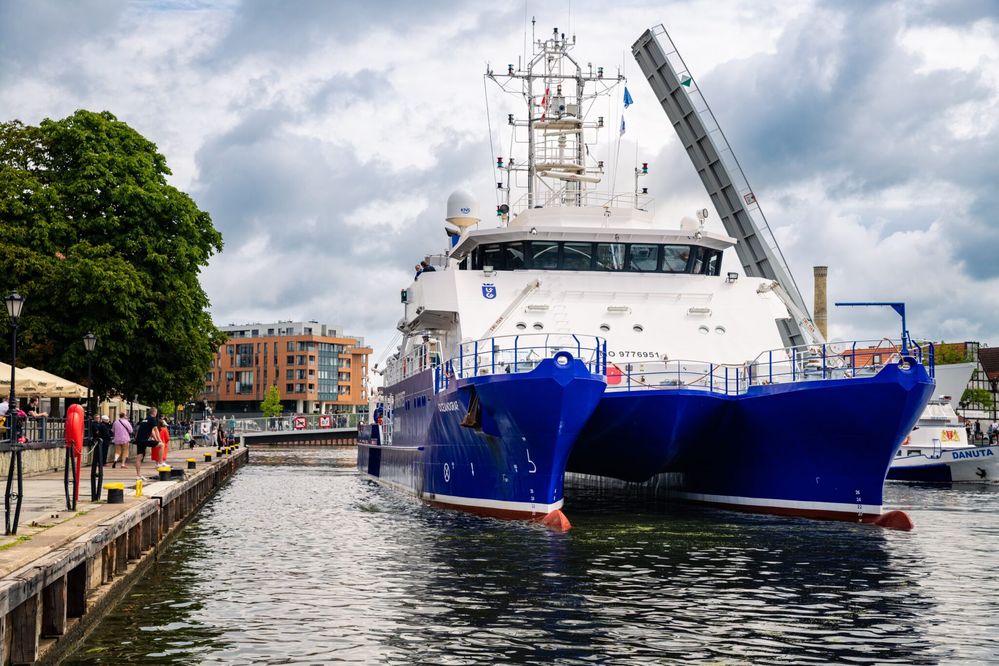
R/V Oceanograf Operator Office
al. Marszałka Józefa Piłsudskiego 46, 81-378 Gdynia, room 227
tel: +48 58 523 66 31
office.oceanograf@ug.edu.pl

